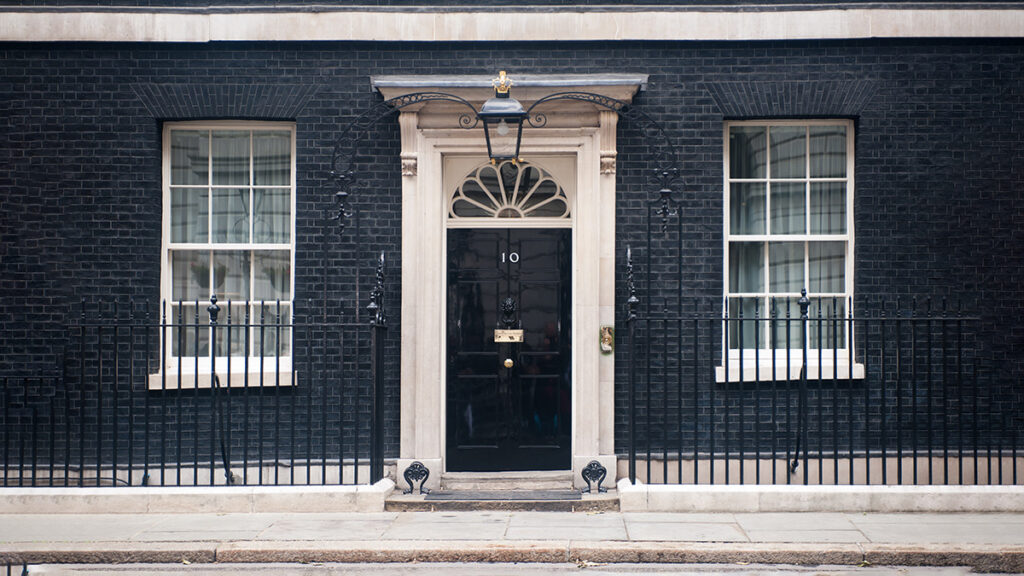Senior Product Manager at Wireless Logic, Iain Davidson, has commented on his hope to see IoT on the agenda as British Prime Minister (PM) Rishi Sunak is due to meet with energy bosses. The PM’s meeting comes amid soaring energy costs for UK consumers following the Russian invasion of Ukraine disrupting the market supply.
To better deal with supply, Sunak is expected to lay out details of the government’s plans for the UK’s fossil fuel and green industries. This includes multimillion-pound funding for a carbon capture project in Scotland and 100 new oil and gas licences in the North Sea as part of efforts to tap domestic supplies and become more energy independent.
Yet, Davidson is concerned the role of the IoT in energy infrastructure, and the cybersecurity risks that must be considered aren’t getting enough attention.
“As the government sets out its targets through improved energy efficiency and delivering new forms of power, the way we generate, store and distribute energy will have to be transformed to bolster energy security and transition to renewables and decentralised generation,” explains Davidson. “Cellular IoT will play an important role by connecting devices and solutions in support of these goals. Wind turbines, solar farms, hydro power plants, energy distribution capabilities, battery storage and even electric vehicle adoption will all form part of energy’s transformation.”
By using IoT, renewable energy systems, much like those Sunak is pushing for, can be better integrated into the grid. This is because these renewable sources are intermittent, and their power generation fluctuates based on weather conditions. Yet, by having IoT sensors continuously monitor their output, it allows for better planning and coordination with the conventional power generation sources. Additionally, IoT can aid in the optimisation of energy storage solutions, such as batteries, by intelligently managing their charge and discharge cycles.
“IoT connected devices and systems can enable data exchange for microgrids and support mechanisms for balancing load on the network. These solutions will transmit data so that energy companies can monitor devices and conditions, control devices in remote locations, track performance to predict maintenance cycles and act on alerts. They will be able to monitor energy consumption and generation whether it be smart metering or EV in Vehicle to Grid (V2G) mode or sensors for load balancing on the grid.” Davidson explains.
IoT is able to play a crucial role in balancing the energy grid by enabling the collection and analysis of real-time data from various energy sources and devices. The energy grid requires a delicate balance of supply and demand to ensure stability and efficiency. IoT can optimise energy generation, distribution, and consumption through things like smart grid management monitoring electricity consumption patterns, demand fluctuations, and grid performance. This allows grid operators to monitor and forecast the renewable energy output and allow for better planning and coordination with the standard power generation sources like oil and gas.
But energy security is not just about supply, Davidson points out: “In this way, connectivity is part of the intelligent, efficient, renewable energy model, however it must be cybersecure. As new and additional devices are deployed, they could present larger attack surfaces for potential cyber threats.”
The increasing digitisation of the energy grid means that it becomes more vulnerable to bad actors operating outside the facilities. With smart meters, wind and solar plants all being decentralised supplies feeding into the broader overall system, the larger network increases the risks because there are more possible entry points for attacks, with much greater potential impact.
“As such, connectivity providers play a fundamental role in securing each touch point of theof energy infrastructure. They must authenticate device identities and connect to grid infrastructure, IT systems and cloud destinations securely. Only then can the government ensure energy infrastructure is fit for now and the future, and meet their net zero goals,” Davidson concludes.
There’s plenty of other editorial on our sister site, Electronic Specifier! Or you can always join in the conversation by commenting below or visiting our LinkedIn page.
